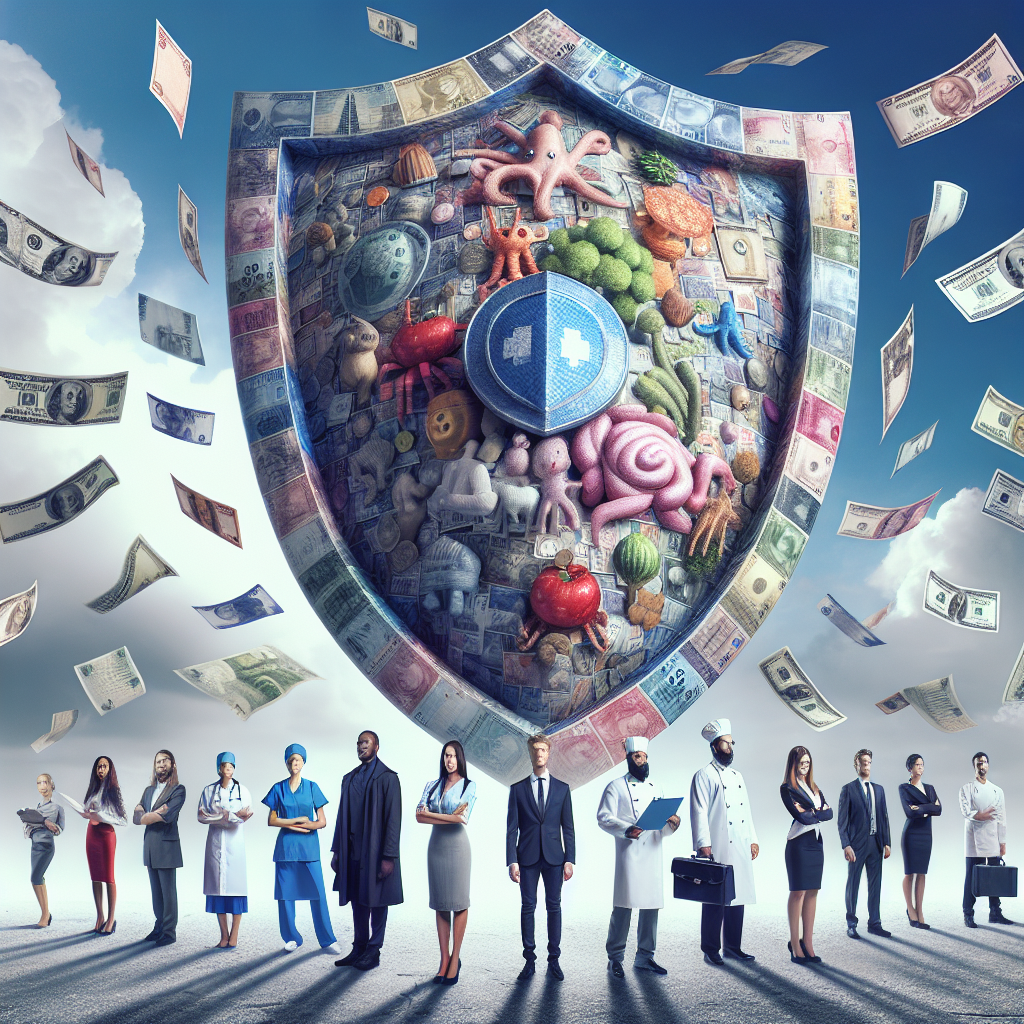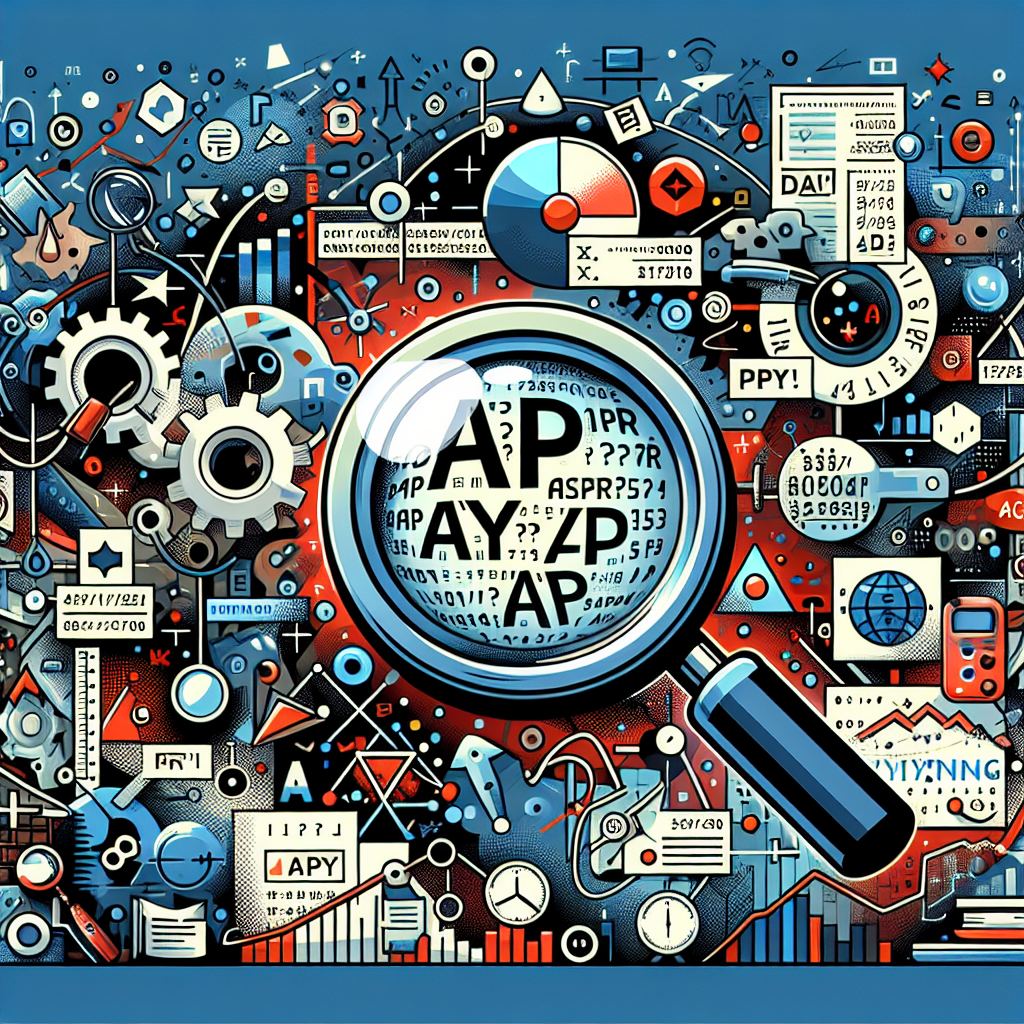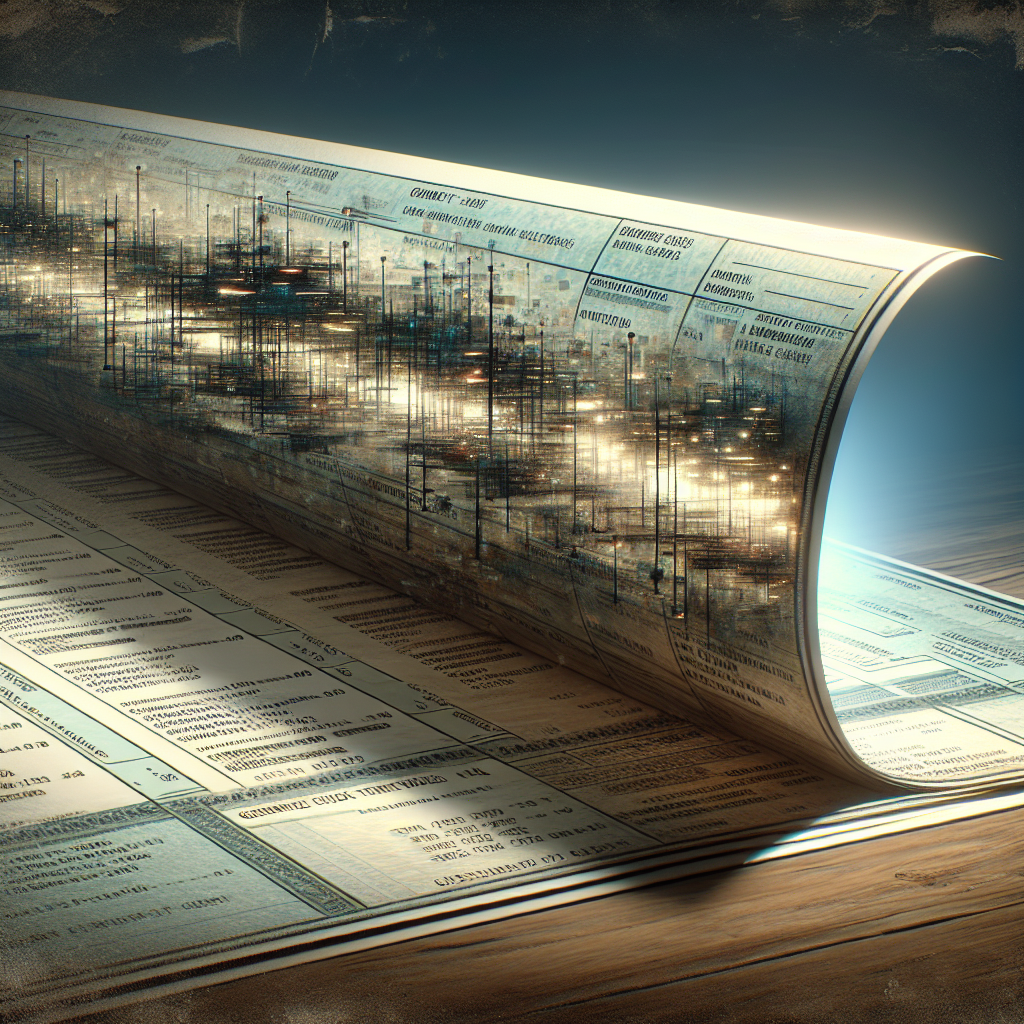Instant Impact on Revolving and Variable Debts
The moment interest rates shift, debts with revolving or variable rates—think credit cards—feel the pinch immediately. Your monthly payments tend to swell when rates climb, making borrowing pricier, while a dip in rates lightens that load, bringing costs down.
Secured Loans vs. Unsecured Loans: A Tale of Two Rates
Secured loans—backed by collateral like your home or vehicle—experience milder interest rate swings compared to unsecured loans, which rely solely on your creditworthiness. This cushioning effect means secured loan rates rarely rocket as high or plummet as low as their unsecured cousins.
The Economic Climate’s Role in Borrowing Costs
The broader economic narrative steers how lenders price your borrowing, whether you’re clutching a secured or unsecured loan. When the economy hums along smoothly, borrowing costs tend to stay moderate; conversely, economic turbulence often tightens the screws.
Debt Touches Nearly Everyone
From credit cards and mortgages to auto and student loans, a vast majority of Americans carry some form of debt. This reality underscores why understanding the mechanics of interest rates is essential for savvy financial navigation.
Why Knowing Interest Rate Effects Matters
Grasping how interest rates shift your borrowing expenses empowers you to make smarter choices about credit. Ignorance might lead to sticker shock when those monthly statements arrive, showcasing creeping minimum payments that leave you scratching your head.
How Interest Rates Shape Your Debt
Monthly payment size is the most obvious way interest rates weigh on your debt. Rising rates inflate what you owe each month, while falling ones shrink your bills. Beneath the surface, total interest paid over the loan’s lifespan also fluctuates—increases when rates climb, decreases when they fall.
Short-Term vs. Long-Term Debt: The Interest Battle
For shorter loans, like auto or personal loans, a drop in interest might save only a few hundred bucks. But over the course of a 30-year fixed mortgage, these savings can balloon into tens or hundreds of thousands.
| $11,700 | 3 years | 10% | $377.53 | $1,890.94 |
| $11,700 | 3 years | 12% | $388.61 | $2,289.87 |
Interest Difference: $398.93
| $420,000 | 30 years | 7% | $2,794.27 | $585,973.00 |
| $420,000 | 30 years | 12% | $4,320.17 | $1,135,262.00 |
Interest Difference: $549,352.00
Fixed-Rate vs. Variable-Rate Debts: The Basics
When you catch wind of headlines announcing rate hikes or drops, they often reference both fixed and variable interest rates. Fixed-rate loans keep your monthly dues steady throughout, while variable-rate loans can fluctuate, making budgeting a bit like walking a tightrope—risky yet sometimes rewarding.
- Fixed-rate debt examples: auto loans, fixed mortgages, personal loans, federal loans, and most Home Equity Lines of Credit (HELOCs).
- Variable-rate debts include credit cards and some HELOCs, which respond to Federal funds rate changes.
Secured vs. Unsecured Debt: Understanding the Divide
If you’ve juggled applications for both a credit card and a car loan recently, you’ve probably noticed their rates do not behave alike. The secret lies in security: auto loans are secured by your vehicle; credit cards aren’t tethered to any asset.
Should you default on an auto loan, the lender can reclaim and sell your car to recover losses. Credit card lenders, meanwhile, can ding your credit and send your account to collections without any collateral to seize.
When the Federal Reserve nudges rates upward, unsecured loan rates tend to surge more sharply than those for secured loans. The reverse is true when rates fall, especially when valuable assets stand as security.
How Unsecured Loan Rates Play Into Debt Costs
Interest rate shifts hit credit card bills and unsecured personal loan quotes faster than most. This makes it crucial to understand these effects if you’re contemplating refinancing, paying off debt, or steering clear of unsecured borrowing altogether.
Credit Card Debt: Beware Rising Rates
Credit card issuers set minimum payment thresholds. When interest rates rise, you’ll often need to increase your payments to chip away at your principal; otherwise, your balance might barely budge.
Personal Loan Debt: Similar but Different
Like credit cards, personal loan interest rates fluctuate with market conditions. High rates can limit how much you qualify to borrow or push you toward lengthier terms, which end up costing more over time.
Still, personal loan rates usually stay beneath credit card rates. Even in a rising rate environment, consolidating pricey credit card debt with a personal loan might save money and improve your credit utilization—a key credit score ingredient.
Mid-Text Fact: According to recent data, approximately 70% of American households carry some form of debt, with credit card balances averaging over $6,000 per cardholder.
Secured Loans: Collateral’s Cushion Against Rate Shocks
Secured loans, often backed by your home, car, or another prized possession, respond differently to interest rate changes. Awareness of these dynamics helps protect your assets and plan smarter when rates move.
When Interest Rates Drop: Your Playbook
Lower rates spell a prime time to hunt for credit cards or personal loans offering better terms. Refinancing might slash your interest and monthly payments, even if it means stretching out your loan duration.
Balancing Balance Transfers
As rates slide, you’ll receive plenty of enticing balance transfer offers boasting lower interest. But tread carefully—balance transfers often carry fees up to 5%. Consider whether the interest savings over the promotional period outweigh these initial costs.
HELOCs can also be a handy tool when rates dip, allowing homeowners to consolidate high-interest debts into a manageable mortgage payment stretched over 30 years. But beware: default risks your home, and you could pay more interest if you unwisely refinance into a longer term.
Rising Interest Rates: What to Expect
Fed rate hikes typically push up auto and boat loan rates right away. Secured shorter-term loans—seven years or less—follow suit, meaning higher monthly payments.
Mortgage rates don’t dance directly to Fed rate changes but track broader benchmarks reflecting the economy’s long-haul health.
Strategies for Higher Secured Loan Payments
- Extend loan terms to ease monthly budget strain.
- Make a heftier down payment to borrow less.
- Opt for more affordable or older vehicles.
With mortgage rates elevated, some borrowers opt for adjustable-rate mortgages (ARMs) to snag lower initial rates before refinancing if fixed rates decline. The gamble? If rates stay high, your payment could balloon unexpectedly.
Home Equity Loans and HELOCs
These secured products often move in sync with short-term benchmark rates like the prime rate. Given their variable nature and risk—turning home equity into debt—they demand careful consideration.
With home equity loan rates surpassing 8%, an unsecured personal loan might offer a competitive alternative without putting your home on the line.
How Rates Shape Borrowing Power
“Credit availability” is the term often tossed around when rates shift. Higher rates tend to shrink how much you can borrow and who lenders will approve, while lower rates usually open the gates wider.
Borrowing During High-Rate Periods
- Smaller loans: Lenders prefer dividing risk across multiple modest loans rather than one big one.
- Reduced purchasing power: Your home search or car choice might need to be more modest.
Borrowing When Rates Are Low
- Easier qualification: Lower payments improve your debt-to-income ratio and make approvals more attainable.
- More competitive offers: Lenders compete fiercely, often waiving fees or offering sweetened rates.
Expert Insights
Interest rates usually ascend faster than they retreat. Acting swiftly when rates dip and locking a favorable rate can save headaches. Don’t obsess over timing the market; a good rate today is better than hoping for a better one tomorrow. You can always refinance again if rates improve.
Where Interest Rates Are Headed
In September 2024, the Federal Reserve dropped rates by 0.5%, marking its first cut since 2022, followed by another reduction in November. The base rate now rests between 4.5% and 4.75%. With inflation cooling and more reductions anticipated in 2025, borrowers may breathe easier soon.
2024 Interest Rate Predictions
| 30-Year Fixed Mortgage | 5.75% |
| Home Equity Loans | 8.5% |
| HELOCs | 8.45% |
| Credit Cards | 19.9% |
| New 5-Year Car Loan | 7% |
| Used 4-Year Car Loan | 7.5% |
Bankrate’s Chief Financial Analyst Greg McBride anticipates rates will largely mirror Federal Reserve moves addressing short-term borrowing costs. Strong economic growth could spark lender competition and better deals, while recession risk may tighten credit conditions, especially for those with lower credit scores.
Is Borrowing in 2025 Going to Get Easier?
Borrowing ease hinges less on interest rate swings and more on lenders’ confidence in timely repayment. If economic forecasts brighten and loan defaults dwindle, lending standards will likely relax, making funds more accessible. Otherwise, expect tighter reins if the outlook sours.
Tips for Scoring the Best Interest Rates
Hunting around for the best rate remains king. Yet, your credit report status can wield greater influence than anything else this year. Fix any errors dragging your score down before seeking loans.
Also, don’t get blinded by low nominal rates. Scrutinize the package including origination fees, prepayment penalties, and miscellaneous charges to truly minimize borrowing costs.


